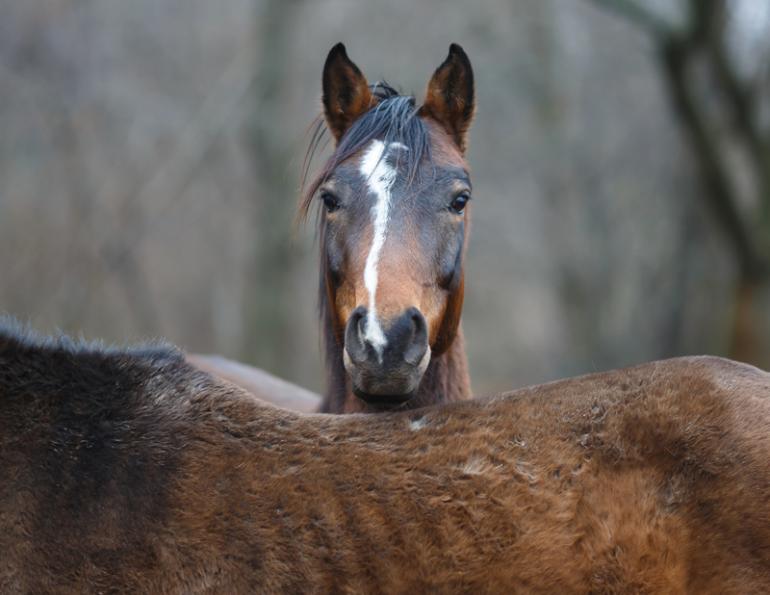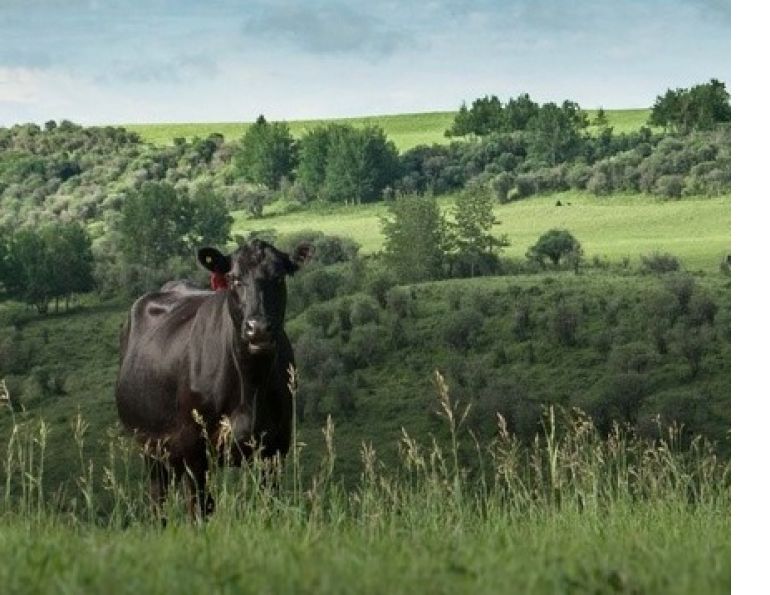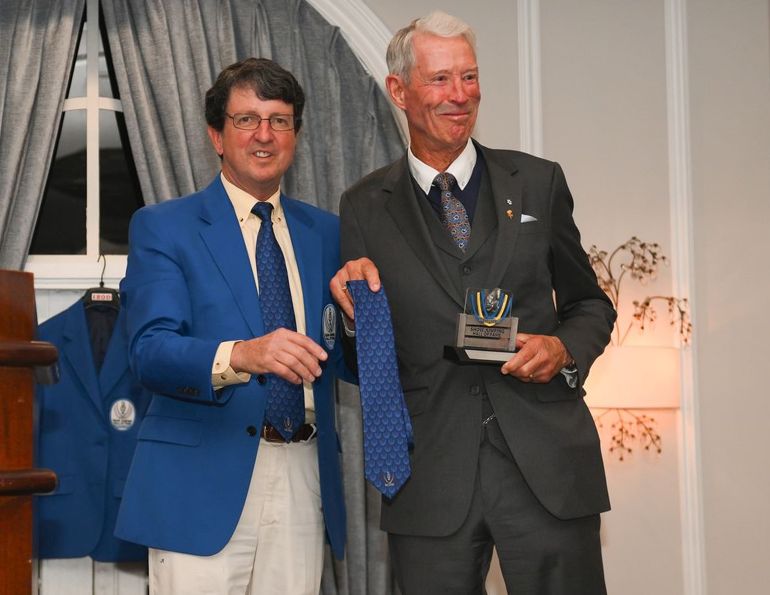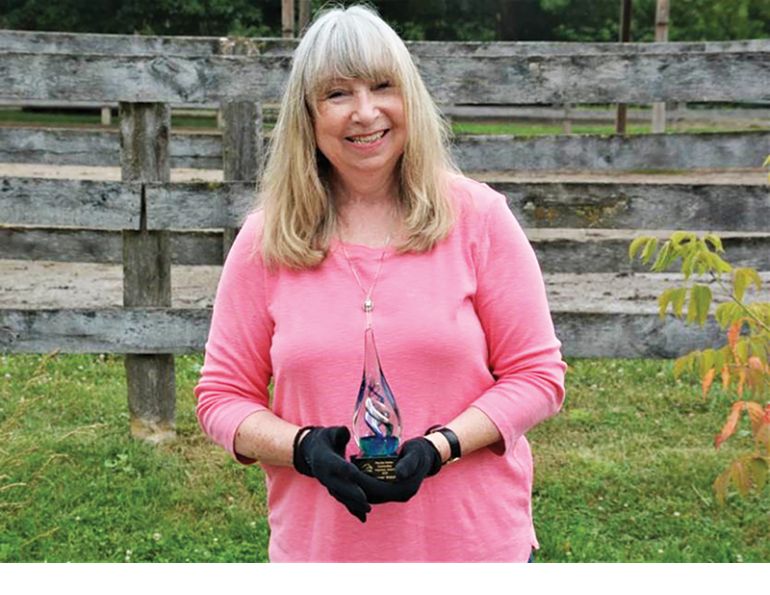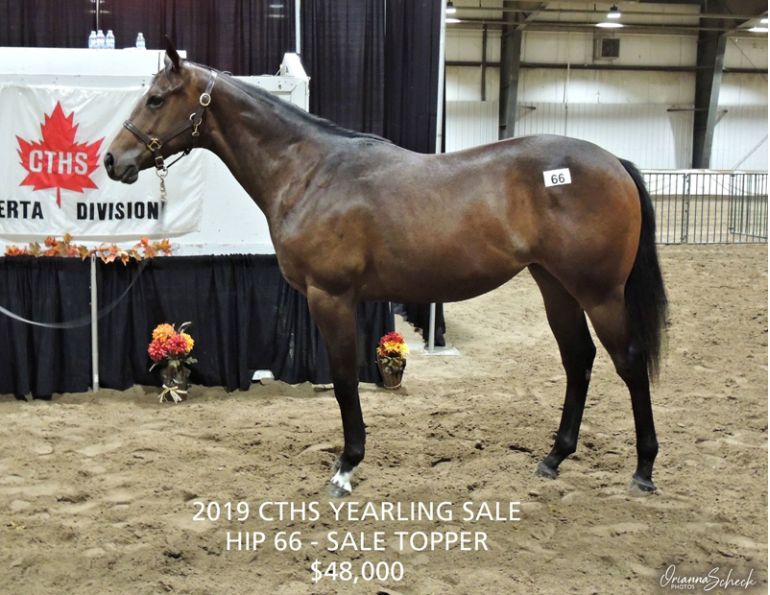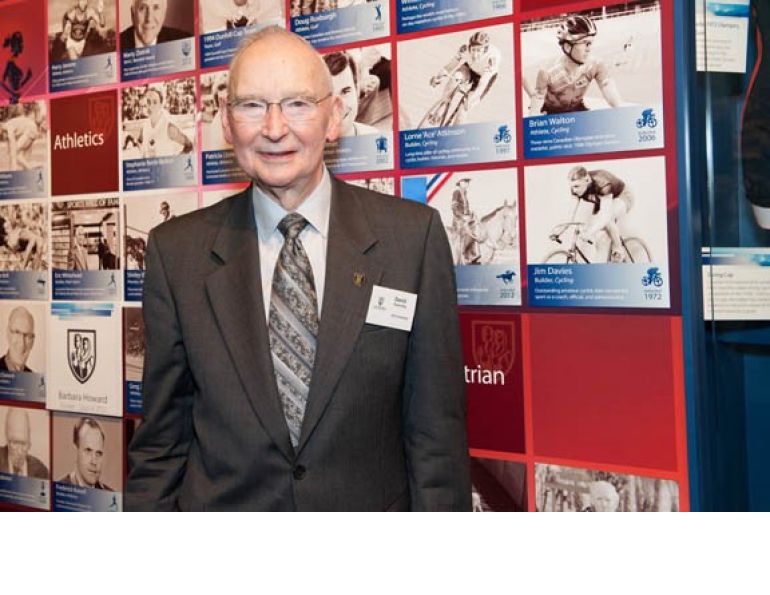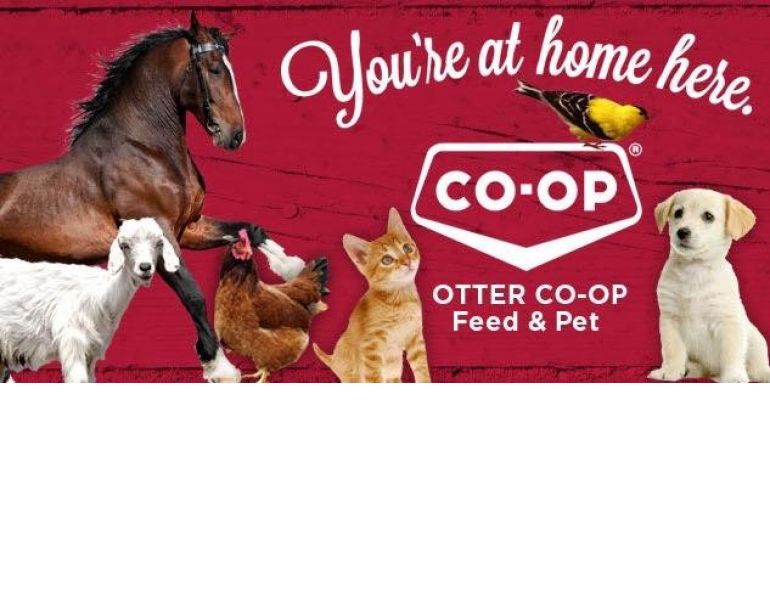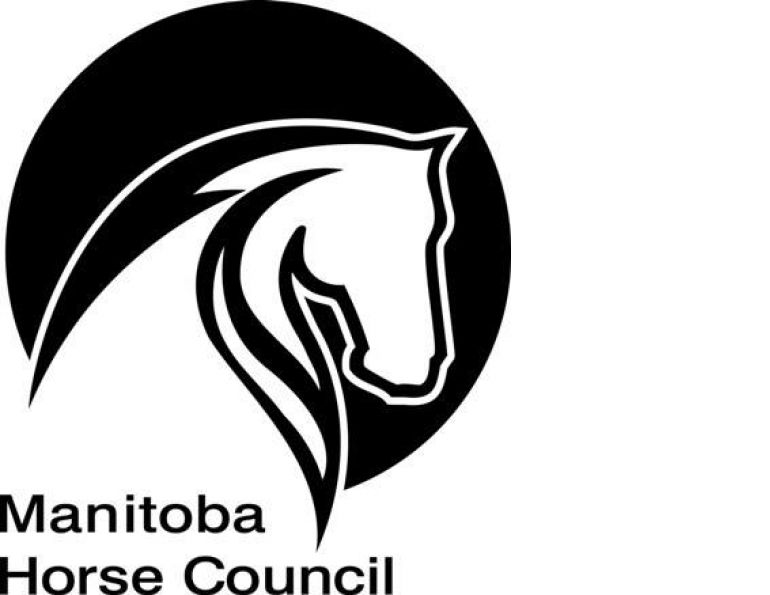By Margaret Evans
In 2013, Equine Canada (now Equestrian Canada) and the National Farm Animal Care Council released the Code of Practice for the Care and Handling of Equines. This important document is a comprehensive guideline for equine owners and managers, and addresses the basic needs of food and water, shelter, freedom of movement, company of others, veterinary care, farrier care, emergency preparedness, and humane end of life options.
The document also addresses equine welfare in terms of the Five Freedoms defined as “…a framework for analysis of welfare within any system…” Those Five Freedoms include freedom from hunger and thirst; freedom from discomfort; freedom from pain, injury and disease; freedom to express normal behavior; and freedom from fear and distress.
The Horse Welfare Alliance of Canada (HWAC) launched a survey on March 15, 2017, which will continue until October 31, to gauge awareness, implementation, and compliance to Canada’s standard of equine care. The survey is for all people involved in the care of equines and they are calling for participation from all equine owners, custodians, and business operators and their staff including boarding facilities, guest ranches, riding and training facilities, feedlots, racetracks, rodeo contractors, auction markets, and PMU operations.
The survey is a forerunner to developing an equine care assessment program that will be based on the National Farm Animal Care Association “Animal Care Assessment Framework.” All livestock species are, or will be, completing an animal care assessment program. It is thought that, while the Code of Practice is vital, by itself it is not enough and that a follow-through system is needed to ensure that the Code guidelines are being recognized and followed. The Framework will ensure that there are benefits not only to the animals but to the horse people as well.
As of June 9, 1,081 people representing ownership of more than 5,772 horses had responded to the survey with representations from all provinces and Yukon. Overall, 56 percent of respondents said that they were aware of the Code. The majority of respondents had learned about the Code through Equestrian Canada (29.5 percent) or their provincial/territorial equestrian federation (38 percent). The Code was accessed for a variety of reasons, chief among them being education (54 percent), a guide and reference document (42.2 percent), and a means to assess current animal care (41.2 percent). Some 35 percent said they had read the entire Code while 55 percent said they had only read sections of the document.
HWAC encourages all horse owners and custodians to complete the survey, which can be accessed, along with the original Code of Practice for the Care and Handling of Equines, through their website www.HorseWelfare.ca.
Photo: Canstock/Castenoid



